Content from the Brookings Institution India Center is now archived. After seven years of an impactful partnership, as of September 11, 2020, Brookings India is now the Centre for Social and Economic Progress, an independent public policy institution based in India.
On February 23, Brookings India hosted Dr. David Engerman, Professor of History at Brandeis University, to discuss his new book The Price of Aid: The Economic Cold War in India. The book recounts attempts by the United States and Soviet Union to use foreign assistance to influence India between the early 1950s and mid-1970s, and draws upon Indian, American, Soviet, and British archives.
The issue of development aid has significant contemporary relevance. Today, many longstanding donor countries like the United States debate the efficacy of aid, while new donors such as China and India explore the possibility of using economic assistance for political purposes. As David Engerman, Professor of History at Brandeis University, shows in his new book The Price of Aid, development politics can have significant – often unintentional and undesirable – effects for both donor and recipient countries.
Much of Engerman’s narrative focuses on India, and explores how different domestic constituencies used the two superpowers to advance their own economic and political objectives. Among the individuals who played important roles were the statistician P.C. Mahalanobis and Homi Bhabha, who headed India’s atomic energy programme. Both courted the United States and Soviet Union at the same time, and tried to advance their personal ambitions along with their broader objective of furthering India’s development.
India, particularly initially, was deeply ambivalent about aid, but saw utility at various points of time.
The campus of Mahalanobis’s Indian Statistical Institute (ISI) in Calcutta hosted such Cold War figures as U.S. Vice President Lyndon B. Johnson, Cuban revolutionary Che Guevara, and Soviet statesman Alexei Kosygin, as well as three of the first four winners of the Nobel Prize in Economics. Meanwhile, Bhabha used his direct contacts with Washington to Moscow (even hosting delegations from the two countries at the same time in February 1960) to sidestep Indian government agencies such as the Planning Commission and the Cabinet.
Similar development politics played out in other sectors such as agriculture, oil, and defence. India tried to be – in the words of the prominent Polish economist Michal Kalecki – the “clever calf that suckles from two cows.” But instead India incurred significant costs in the process in the form of donor leverage. Nor was there a significant improvement in India’s economic condition.
Following the second Five Year Plan in 1956, India’s foreign exchange reserves collapsed, and the country required loans from a consortium led by the United States and the World Bank.
India, particularly initially, was deeply ambivalent about aid, but saw utility at various points of time. The freedom struggle had made India inclined towards import substitution and pessimistic about the prospects of exports. Various ministries felt differently about this, leading to sharp differences about the benefits of foreign assistance within the Cabinet.
Even technical assistance was viewed with a great deal of scepticism: the assistance that contributed to the Green Revolution was perceived in some quarters as an excuse to increase U.S. fertiliser exports to India.
Later, some of India’s objections to foreign assistance diminished because of strategic considerations. For example, an agreement for Soviet MiG combat aircraft was concluded with the mistaken belief that it would help deter China.
At other points, India was dragged into the domestic politics and economics of the superpowers.
Once he began to harbour presidential ambitions, Senator John F. Kennedy reached out to India and advocated increased aid to the country to appease the left wing of the Democratic Party, for whom India was a darling.
Similarly, U.S. food aid to India was often a product of oversupply rather than altruism. All the while, U.S. and Soviet officials spoke the common language of helping to “put India on its own two feet.”
But just as development aid had unexpected and significant consequences for India, Engerman argues that the aid policies of the United States and Soviet Union were both primarily defined by the India experience. Essentially both Washington and Moscow learned about the politics and economics of development aid – the potential and the pitfalls – from the process of dealing with India.
This was reflected in the changing nature of U.S. aid to India. U.S. assistance began with community development programs in the early 1950s, when technical assistance trainers were sent to Indian villages.
India was the largest recipient of U.S. community development assistance during this time. But while big on rhetoric and goodwill, it was accompanied by relatively little financial assistance (just 6 cents per beneficiary per year).
In the early 1960s, India asked the Kennedy Administration for funds that were unlinked to projects in order to finance imports, so called “free money.” But instead, as the Cold War heated up, aid became increasingly linked to outcomes and was subject to narrower U.S. conditions, such as on family planning, food aid, and reduced Indian criticism of the Vietnam War.
In other words, project aid initially meant to develop the Indian economy gradually evolved to programme aid whose express purpose was to shape Indian policy. The changing nature of U.S. assistance increased donor leverage and therefore presented new challenges to the Indian policy-making community. Among other consequences, it helped ensure that very little technological transfer took place.
Similarly, the Soviet approach to economic cooperation in the developing world began with India in the 1950s and was largely driven by Indian conditions. Over time, it eventually assumed a very different character from U.S. aid.
Washington and Moscow learned about the politics and economics of development aid – the potential and the pitfalls – from the process of dealing with India.
During the visit of Soviet leader Nikolai Khrushchev to India, the U.S.S.R. pulled off something of a coup with an agreement to support a steel plant in Bhilai in Madhya Pradesh. This was the first plan of Soviet assistance outside the Communist Bloc, and represented a move away from the relative economic isolationism of the Stalin years.
Ironically, India had sought Japanese and West German assistance before turning to the Soviets, and even the Soviet project at Bhilai benefited from components and services provided by Western companies.
The shock of the Bhilai announcement forced the United States to increase its support for India, but the Soviet Union soon ran into problems as its own economic growth began to slow. Gradually, Moscow discovered that it had an advantage over the United States in being more open to industrial licensing, which meant that military assistance to India came to predominate.
This was accelerated by the U.S. cut-off of military support during the 1965 India-Pakistan War. Yet, over time, as the technological gap between the United States and Soviet Union widened, India found that the over-dependence on Soviet military assistance put it at a disadvantage.
The Brookings Institution is committed to quality, independence, and impact.
We are supported by a diverse array of funders. In line with our values and policies, each Brookings publication represents the sole views of its author(s).
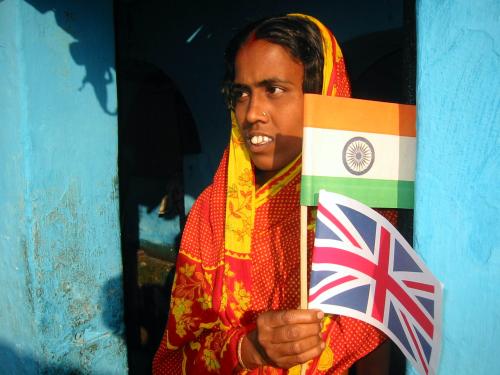
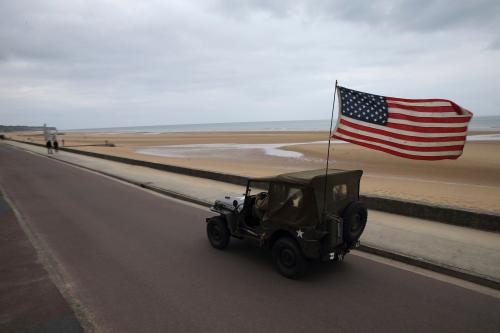
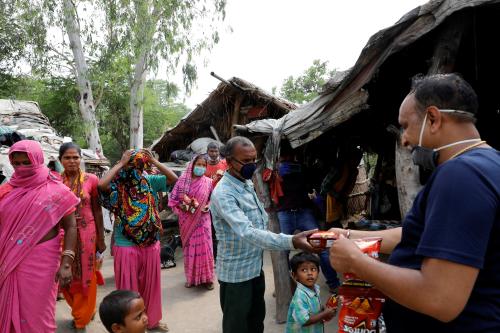
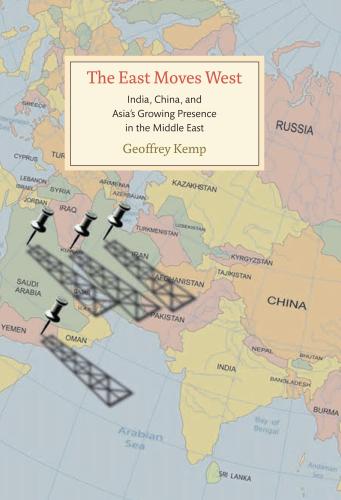
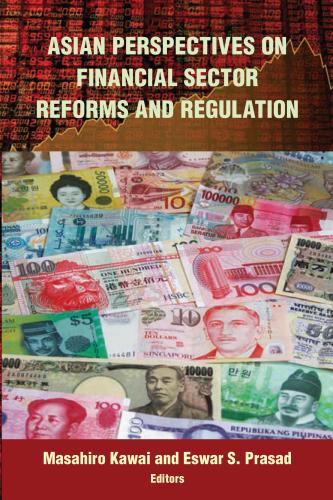




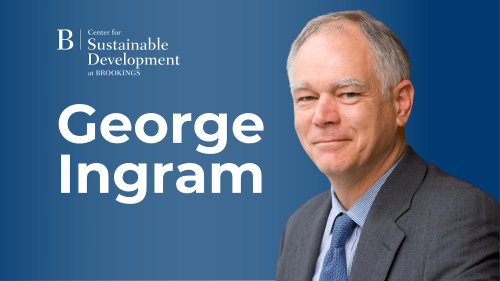
Commentary
Aid wars: U.S.-Soviet competition in India
March 1, 2018